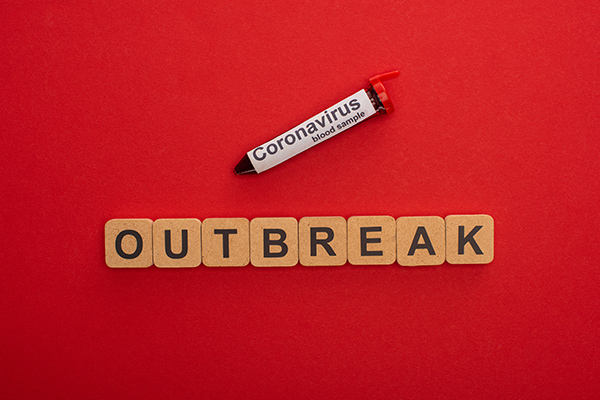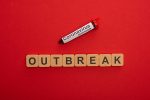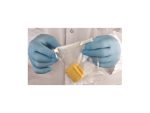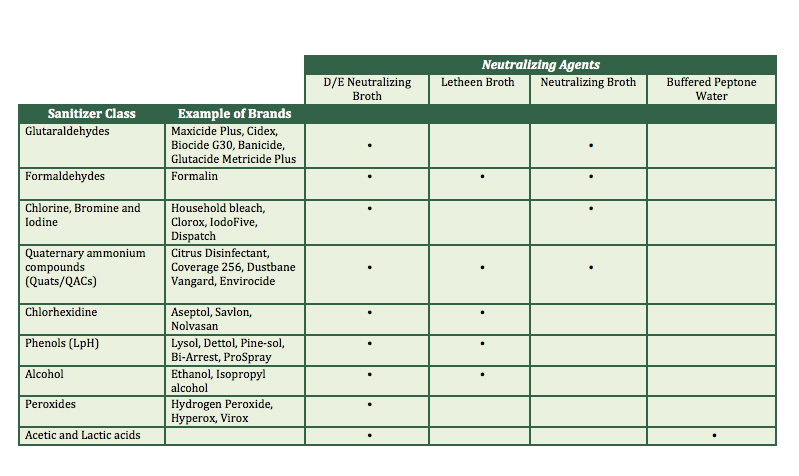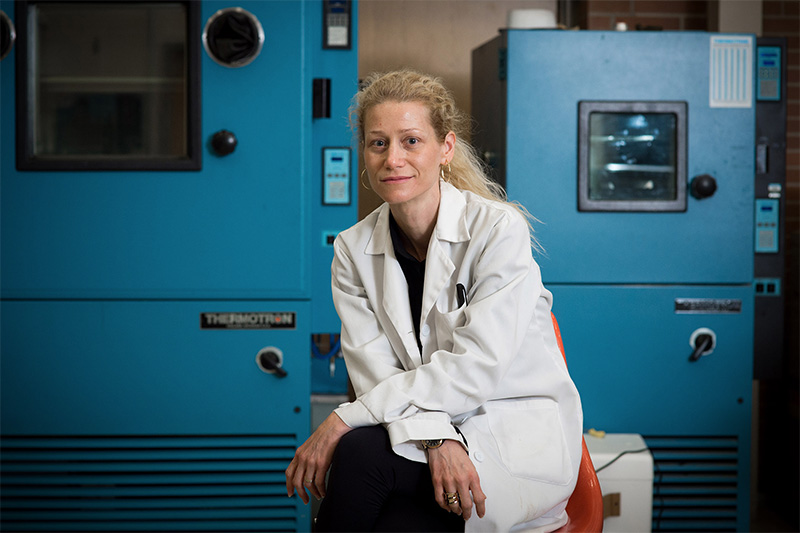Food production managers have a critical role in ensuring that the products they make are safe and uncontaminated with dangerous pathogens. Health and wellness are in sharp focus for consumers in every aspect of their lives right now, and food safety is no exception. As food safety becomes a continually greater focus for consumers and regulators, the technologies used to monitor for and detect pathogens in a production plant have become more advanced.
It’s no secret that pathogen testing is performed for numerous reasons: To confirm the adequacy of processing control and to ensure foods and beverages have been properly stored or cooked, to name some. Accomplishing these objectives can be very different, and depending on their situations, processors rely on different tools to provide varying degrees of testing simplicity, speed, cost, efficiency and accuracy. It’s common today to leverage multiple pathogen diagnostics, ranging from traditional culture-based methods to molecular technologies.
And unfortunately, pathogen detection is more than just subjecting finished products to examination. It’s become increasingly clear to the industry that the environment in which food is processed can cross-contaminate products, requiring food manufacturers to be ever-vigilant in cleaning, sanitizing, sampling and testing their sites.
For these reasons and others, it’s important to have an understanding and appreciation for the newer tests and techniques used in the fight against deadly pathogens, and where and how they might be fit for purpose throughout the operation. This article sheds light on the key features of one fast-growing DNA-based technology that detects pathogens and explains how culture methods for index and indicator organisms continue to play crucial roles in executing broad-based pathogen management programs.
LAMP’s Emergence in Molecular Pathogen Detection
Molecular pathogen detection has been a staple technology for food producers since the adoption of polymerase chain reaction (PCR) tests decades ago. However, the USDA FSIS revised its Microbiology Laboratory Guidebook, the official guide to the preferred methods the agency uses when testing samples collected from audits and inspections, last year to include new technologies that utilize loop-mediated isothermal amplification (LAMP) methods for Salmonella and Listeria detection.
LAMP methods differ from traditional PCR-based testing methods in four noteworthy ways.
First, LAMP eliminates the need for thermal cycling. Fundamentally, PCR tests require thermocyclers with the ability to alter the temperature of a sample to facilitate the PCR. The thermocyclers used for real-time PCR tests that allow detection in closed tubes can be expensive and include multiple moving parts that require regular maintenance and calibration. For every food, beverage or environmental surface sample tested, PCR systems will undergo multiple cycles of heating up to 95oC to break open DNA strands and cooling down to 60oC to extend the new DNA chain in every cycle. All of these temperature variations generally require more run time and the enzyme, Taq polymerase, used in PCR can be subjected to interferences from other inhibiting substances that are native to a sample and co-extracted with the DNA.
LAMP amplifies DNA isothermally at a steady and stable temperature range—right around 60oC. The Bst polymerase allows continuous amplification and better tolerates the sample matrix inhibitors known to trip up PCR. The detection schemes used for LAMP detection frees LAMP’s instrumentation from the constraints of numerous moving pieces.
Secondly, it doubles the number of DNA primers. Traditional PCR tests recognize two separate regions of the target genetic material. They rely on two primers to anneal to the subject’s separated DNA strands and copy and amplify that target DNA.
By contrast, LAMP technology uses four to six primers, which can recognize six to eight distinct regions from the sample’s DNA. These primers and polymerase used not only cause the DNA strand to displace, they actually loop the end of the strands together before initiating amplification cycling. This unique looped structure both accelerates the reaction and increases test result sensitivity by allowing for an exponential accumulation of target DNA.
Third of all, it removes steps from the workflow. Before any genetic amplification can happen, technicians must enrich their samples to deliberately grow microorganisms to detectable levels. Technicians using PCR tests have to pre-dispense lysis buffers or reagent mixes and take other careful actions to extract and purify their DNA samples.
Commercialized LAMP assay kits, on the other hand, offer more of a ready-to-use approach as they offer ready to use lysis buffer and simplified workflow to prepare DNA samples. By only requiring two transfer steps, it can significantly reduces the risk of false negatives caused by erroneous laboratory preparation.
Finally, it simplifies multiple test protocols into one. Food safety lab professionals using PCR technology have historically been required to perform different test protocols for each individual pathogen, whether that be Salmonella, Listeria, E. coli O157:H7 or other. Not surprisingly, this can increase the chances of error. Oftentimes, labs are resource-challenged and pressure-packed environments. Having to keep multiple testing steps straight all of the time has proven to be a recipe for trouble.
LAMP brings the benefit of a single assay protocol for testing all pathogens, enabling technicians to use the same protocol for all pathogen tests. This streamlined workflow involving minimal steps simplifies the process and reduces risk of human-caused error.
Index and Indicator Testing
LAMP technology has streamlined and advanced pathogen detection, but it’s impractical and unfeasible for producers to molecularly test every single product they produce and every nook and cranny in their production environments. Here is where an increasing number of companies are utilizing index and indicator tests as part of more comprehensive pathogen environmental programs. Rather than testing for specific pathogenic organisms, these tools give a microbiological warning sign that conditions may be breeding undesirable food safety or quality outcomes.
Index tests are culture-based tests that detect microorganisms whose presence (or detection above a threshold) suggest an increased risk for the presence of an ecologically similar pathogen. Listeria spp. Is the best-known index organism, as its presence can also mark the presence of deadly pathogen Listeria monocytogenes. However, there is considerable skepticism among many in the research community if there are any organisms outside of Listeria spp. that can be given this classification.
Indicator tests, on the other hand, detect the presence of organisms reflecting the general microbiological condition of a food or the environment. The presence of indicator organisms can not provide any information on the potential presence or absence of a specific pathogen or an assessment of potential public health risk, but their levels above acceptable limits can indicate insufficient cleaning and sanitation or operating conditions.
Should indicator test results exceed the established control limits, facilities are expected to take appropriate corrective action and to document the actions taken and results obtained. Utilizing cost-effective, fast indicator tests as benchmark to catch and identify problem areas can suggest that more precise, molecular methods need to be used to verify that the products are uncontaminated.
Process Matters
As discussed, technology plays a large role in pathogen detection, and advances like LAMP molecular detection methods combined with strategic use of index and indicator tests can provide food producers with powerful tools to safeguard their consumers from foodborne illnesses. However, whether a producer is testing environmental samples, ingredients or finished product, a test is only as useful as the comprehensive pathogen management plan around it.
The entire food industry is striving to meet the highest safety standards and the best course of action is to adopt a solution that combines the best technologies available with best practices in terms of processes as well –from sample collection and preparation to monitoring and detection.



